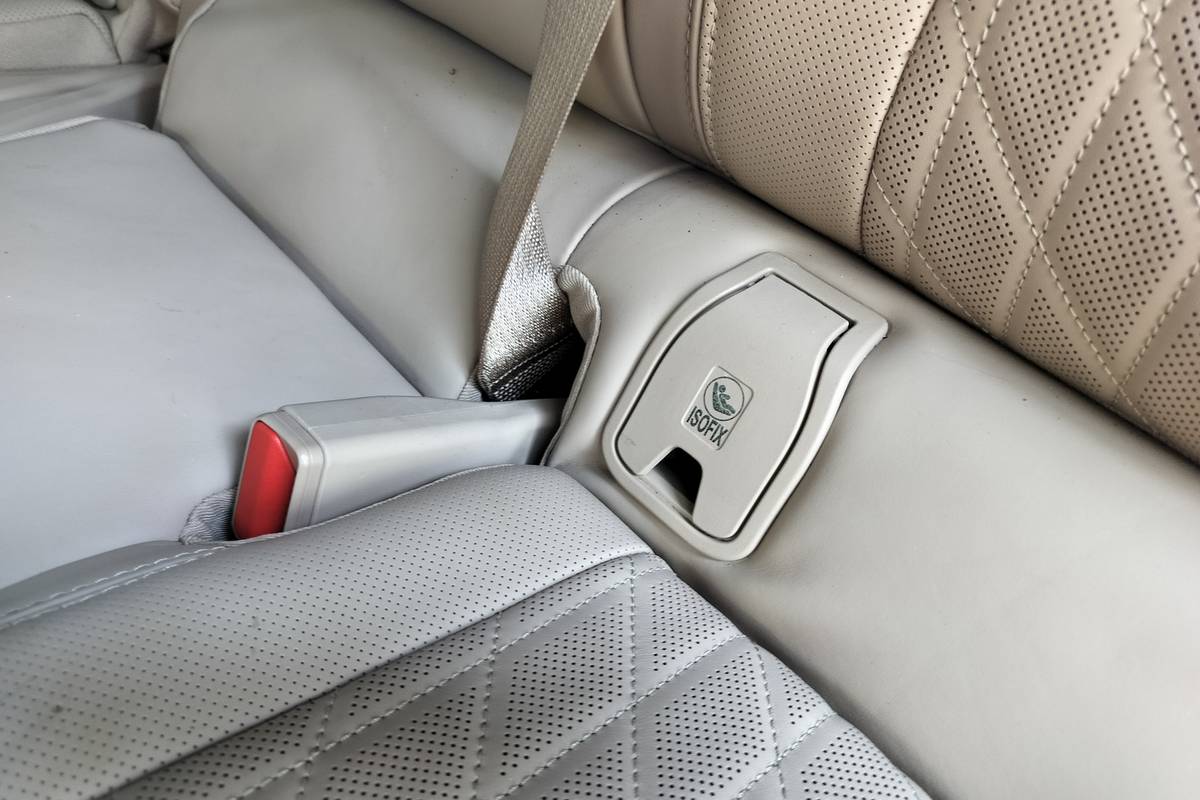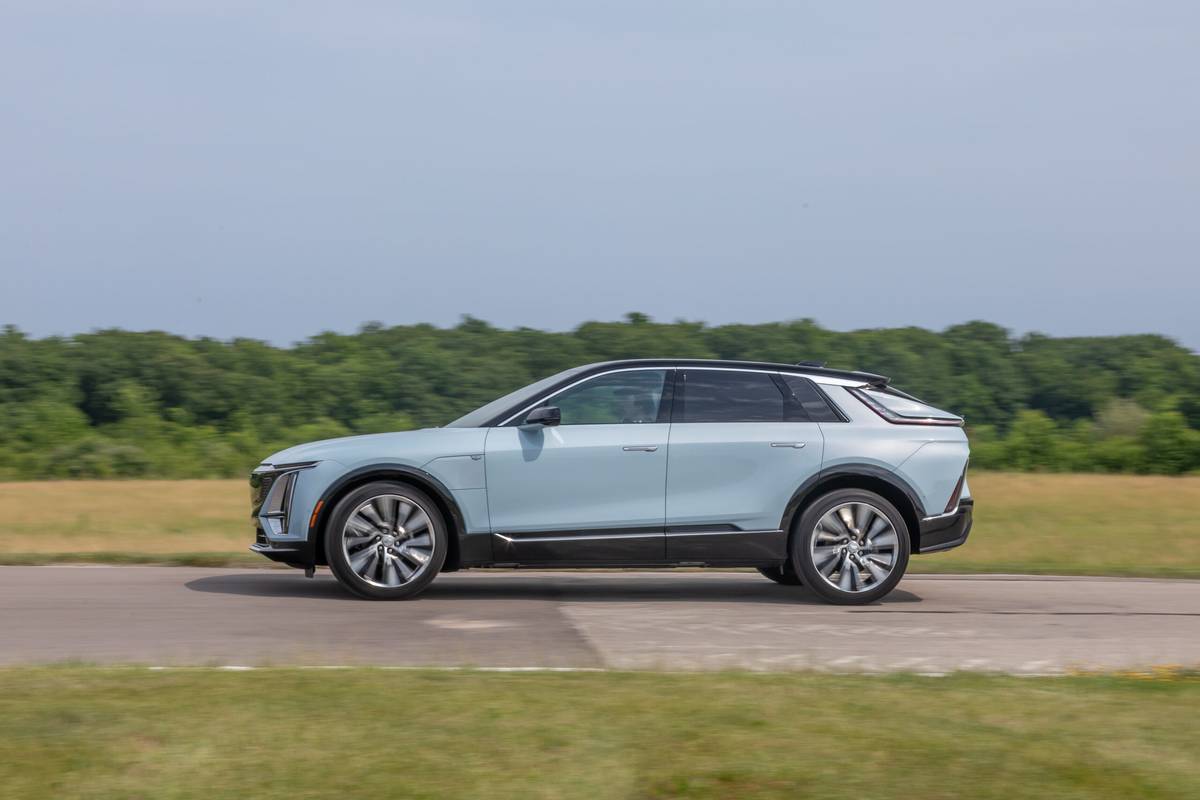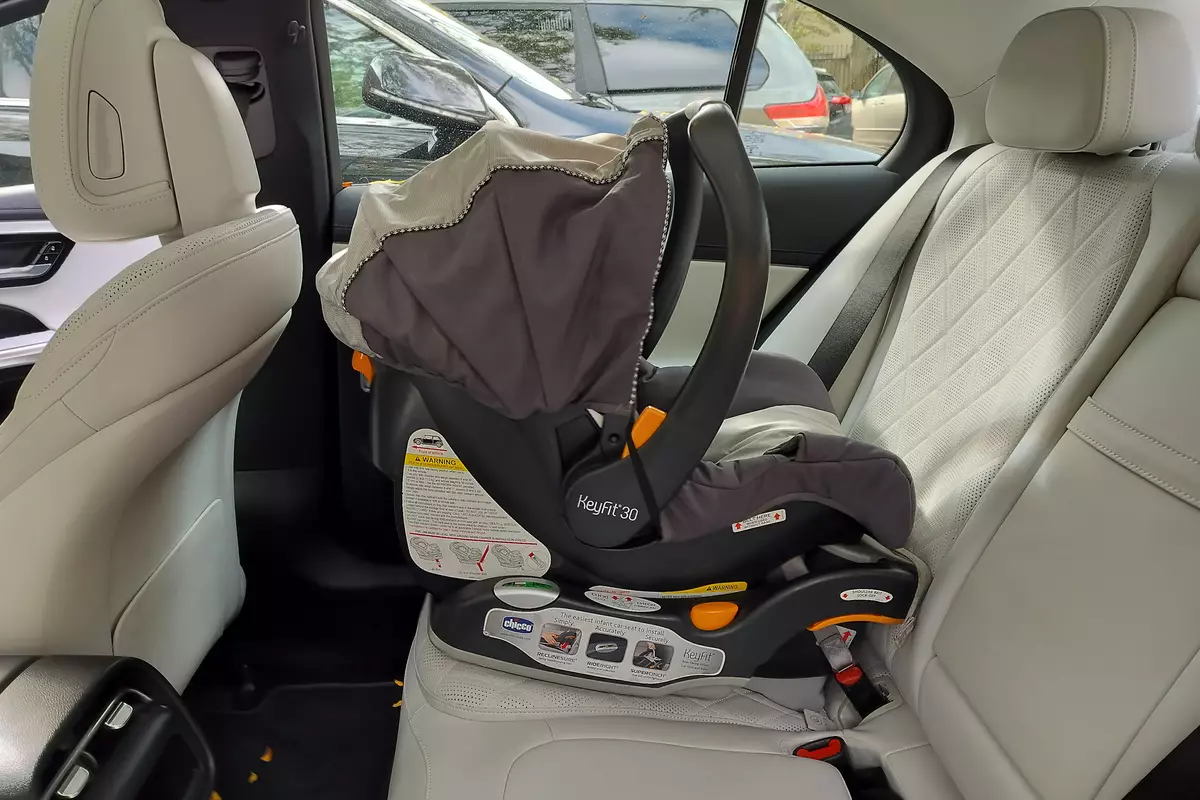The Morning Call and Mcall.com's view
Every once in a while, I get an offer from someone here in the office to do my job for me. It’s usually a week where I’m driving a vehicle that’s sleek, fast and fashionable.
I had no offers the week I drove a Hyundai.
Certainly one needs a strong constitution to admit to owning this vehicle. A constant stream of jokes, snickers and insults greet you as a Hyundai driver. “A Hyundai? Snicker, chortle, guffaw.” or “A $17,000 Hyundai? Must be the luxury model!” “Wow! A Hyundai” (repeat that last one with dripping sarcasm.)
Certainly Hyundai realizes that they have some sort of credibility problem. Their ad slogan is “Driving Is Believing.” The price sticker is festooned with that slogan and others such as “Safety and Security” and “Quality Construction.`’ So who’s right, the jokers or the company?
Well, it depends.
If you’re not embarrassed by the jokes and actually venture to drive a Sonata, you’ll find a Camry/Accord-sized vehicle with styling that’s quite distinctive. I’ll leave it up to you whether it’s handsome. I liked it quite a bit. It’s distinctive in a class not known for distinctive styling.
The doors open with a stiff crude motion, destroying any initial sensation of quality you have. But the seats are comfortable, deep and supportive. They’re covered in a tasteful fabric. Twist the ignition on and you find a 2.5-liter 24-valve double-overhead cam engine that’s silent in its operation. This all-aluminum power plant puts out 170 horsepower at 6,000 rpm and 1666 foot-pounds of torque at 4,000 rpm. It’s standard on the top of the line GLS model.
Standard is a rather large four-cylinder engine, displacing 2.4-liters. This double-overhead-cam develops 149 horsepower and 156 foot-pounds of torque. There’s good power, and the engine doesn’t get a lot noisier as the power builds. As with most DOHC engines, the V6’s power is better at speed than off the line. Surprisingly, there was a alot of vibration at idle for a six. It almost felt like a four.
The ride is soft and there’s plenty of body lean going through corners. The power-numbed steering may be too light for sporty drivers, yet it was quick enough. The tires had good grip, hanging in there despite the body lean.
Braking was power boosted, with front disc rear drum brakes on the base model and four-wheel discs on the GLS. Anti-lock with traction control is an option on the upper level GLS model.
A five-speed manual is standard; a four-speed automatic is optional on the base and GLS models. The automatic has fuzzy-logic, measuring your driving habits and shifting accordingly. I always felt the car was trying to tell me something about my driving. Shift quality was rubbery and abrupt. I never felt very secure about it.
But then after all the one-liners from Seinfeld wannabes, it’s hard to be secure about this car.
But, I became increasingly defensive as I found this car, like many Hyundais, getting better. After all, this is an all-new m odel, and its cabin turned out to be pleasant.
There’s plenty of room up front, with good stretch-out space and plenty of seat travel. The instrument panel was nothing special, but the dash was convenient. The ventilation controls consisted of three round, large knobs that were easy to use, even with gloves on. The heater heated quickly. The radio had large buttons that proved easy to tune while driving, even if the radio was just average. Rear seat space was good. The trunk extends forward, but it’s not very deep. The trunk lid seemed especially tinny, another thing to give one pause.
Front and side air-bags are standard. The passenger’s front airbag will not deploy with a load or passenger under 66 pounds in the seat. The side airbag remains off when the front seat has under 33 pounds in it. The seat belts have pretensioners that remove slack in a crash. Three-point belts are in all seating positions.
So how do I feel?
Well, it’s kind of like wa tching your mother-in- law driving off the cliff in your new car: a real mix of emotions.
This car is better than one it replaces, with a smooth, silent engine and nice accommodations. Other features seem less-inviting, like the horrid new-car odor it comes with, the balky doors, tinny trunk-lid and unrefined transmission all reminding you of its inexpensive origin.
But it’s also not the cheapest car on the block. The GLS test car had a bottom line of $17,877. That runs in line with a Chevy Malibu or four-cylinder Honda Accord. Both cars come without the comedic baggage that weighs down this attractive sedan.
Laugh at it?
Go ahead and laugh. Call me defensive. Just remember how hard people laughed at Japanese cars in the ’60s.
1999 Hyundai Sonata GLS 2.4-liter DOHC 4-cylinder or 2.5-liter DOHC V6 Transmissions: five-speed manual or four-speed automatic Tires: Michelin P205/60HR-15 Standard: 2.5-liter V6, four-speed automatic transmission, power rack-and-pinion steering, four-wheel independent suspension, power windows and door locks, four-wheel disc brakes, power mirrors with defroster, remote releases, tilt steering wheel, rear defroster, air-conditioning, AM/FM CD player, front airbags with prescience detection system, side airbags, split folding rear seat. Options: Floor mats Base price, base model: $15,434 Base price test model: $17,799 As tested: $17,877 EPA rating: 20 mpg city, 28 mpg highway
Latest news



